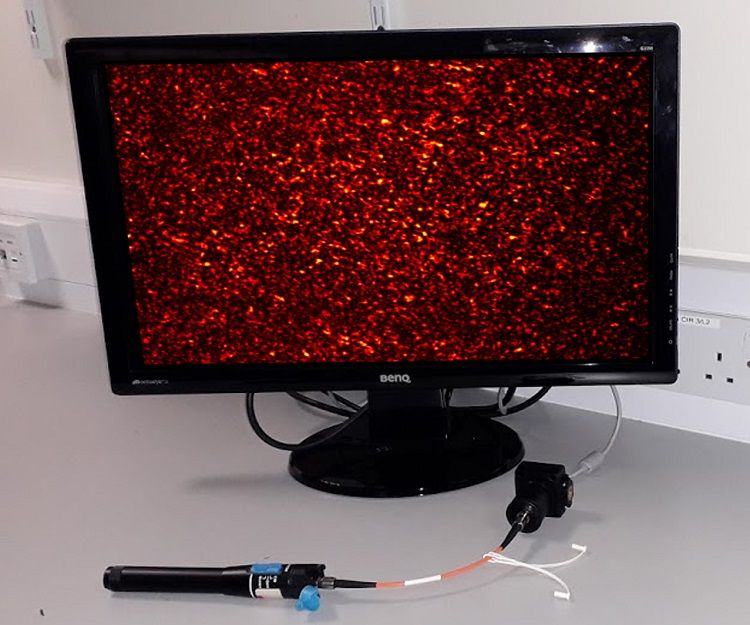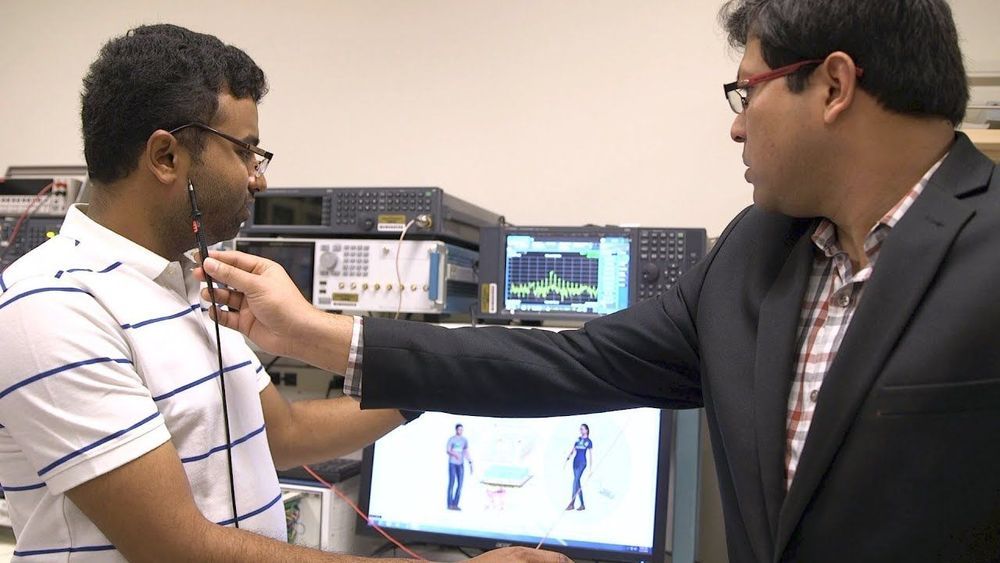Mar 13, 2019
Serotonin can regulate gene expression inside neurons
Posted by Xavier Rosseel in categories: biotech/medical, neuroscience
“Our findings represent a dramatic divergence from the current dogma, which works primarily on the premise that neurotransmitters like serotonin and dopamine act solely through the activation of their membrane receptors in the brain to regulate brain cell activity,” says Ian Maze, PhD, Assistant Professor of Neuroscience, and Pharmacological Sciences, at the Icahn School of Medicine at Mount Sinai, and senior author of the paper. “We found actions of these brain chemicals that are independent of neurotransmission but critically important to their overall signaling, suggesting that our current understanding of these molecules is incomplete and requires further investigation.”
Findings could fundamentally change how scientists interpret the biological activities of serotonin.


















